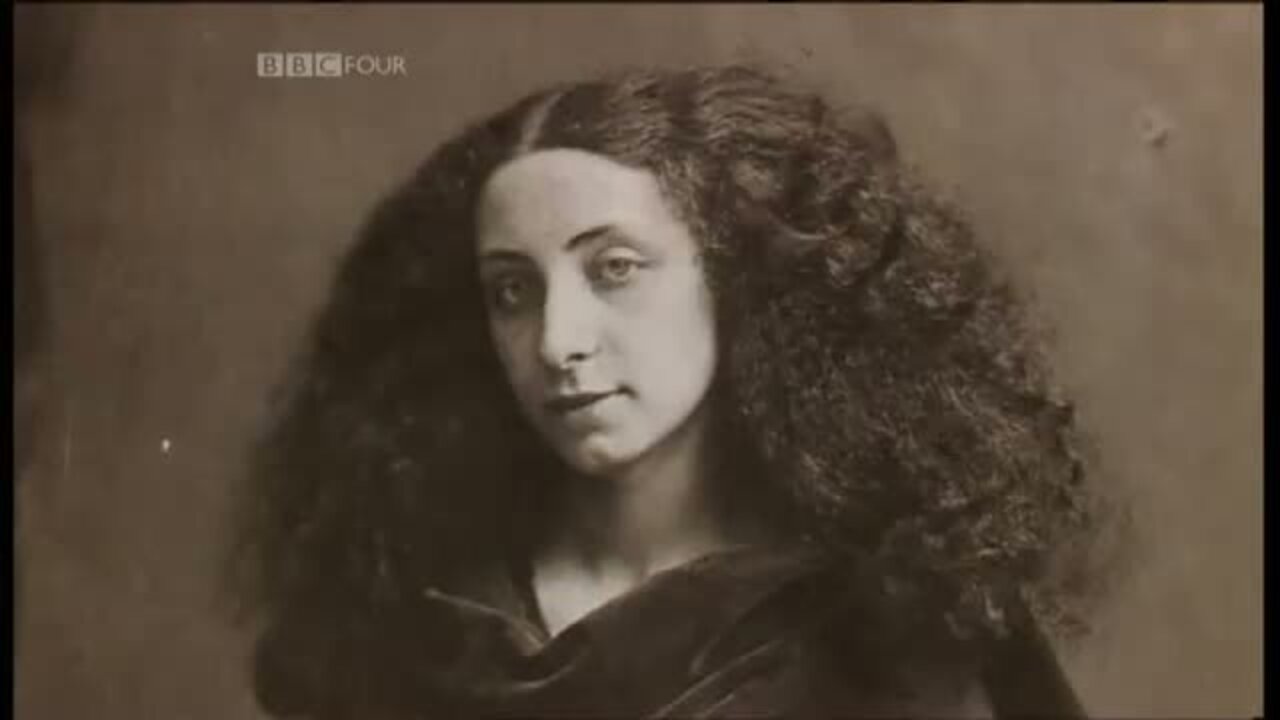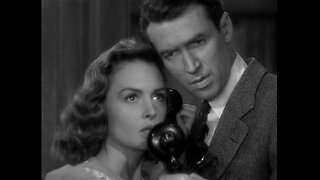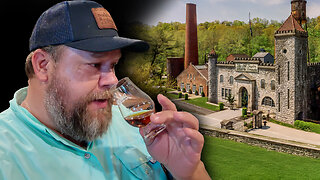Premium Only Content

1 Fixing the Shadows (The Genius of Photography)
This is the first in a six-part series of BBC documentaries tracing the evolution and the various uses of photography, and how it has changed the way we see the world.
The camera obscura, where the light of the outside world can be reflected in a darkened room, was known for centuries, but how to fix the reflections that then appeared was was not.
Two separate techniques were discovered in the same year, 1839, by Louis Daguerre in France, and by Henry Talbot in England. The first was metal-based, and gave rise to the Daguerrotype; the second was paper-based and eventually gave rise to the Kodak.
After an introduction which traces the the invention of these processes we move into some of the wonderful early examples of the technique.
There were two streams in the art, which persist to this day, the first saw photography as an art form, and wanted to establish it along with the other fine arts; the second, the vernacular, was more concerned, in various ways, with just aiding the memory.
The curious thing is that some of the finest photography from the early period is when those trying to do the latter accidentally, as it were, managed to produce the former.
[This upload is for informational purposes only, and is not monetized. If anyone claims copyright and wants the video removed, please write to dharmadocus@gmail.com and the video will be removed immediately.]
-
 2:05:07
2:05:07
Darkhorse Podcast
11 hours agoWhy Trump Wants Greenland: The 257th Evolutionary Lens with Bret Weinstein and Heather Heying
141K296 -
 LIVE
LIVE
Right Side Broadcasting Network
11 hours ago🎅 LIVE: Tracking Santa on Christmas Eve 2024 NORAD Santa Tracker 🎅
2,742 watching -
 2:48
2:48
Steven Crowder
13 hours agoCROWDER CLASSICS: What’s This? | Nightmare Before Kwanzaa (Nightmare Before Christmas Parody)
202K12 -
 LIVE
LIVE
Quite Frankly
10 hours agoThe Christmas Eve Midnight Telethon
535 watching -
 LIVE
LIVE
Price of Reason
9 hours agoAmber Heard BACKS Blake Lively Lawsuit Against Justin Baldoni! Is Disney CEO Bob Iger in TROUBLE?
67 watching -
 1:01:17
1:01:17
The StoneZONE with Roger Stone
4 hours agoChristmas Edition: Why the Panama Canal is Part of the America First Agenda | The StoneZONE
16.9K14 -
 LIVE
LIVE
LFA TV
15 hours agoLFA TV CHRISTMAS EVE REPLAY
523 watching -
 LIVE
LIVE
tacetmort3m
22 hours ago🔴 LIVE - THE ZONE KEEPS PULLING ME BACK - STALKER 2 - PART 15
938 watching -
 22:45
22:45
Brewzle
11 hours agoI Went Drinking In A Real Bourbon Castle
16.2K1 -
 48:36
48:36
PMG
1 day ago $0.72 earned"Parkland Parent Speaks Out On Kamala Harris Using Victims"
11.1K2